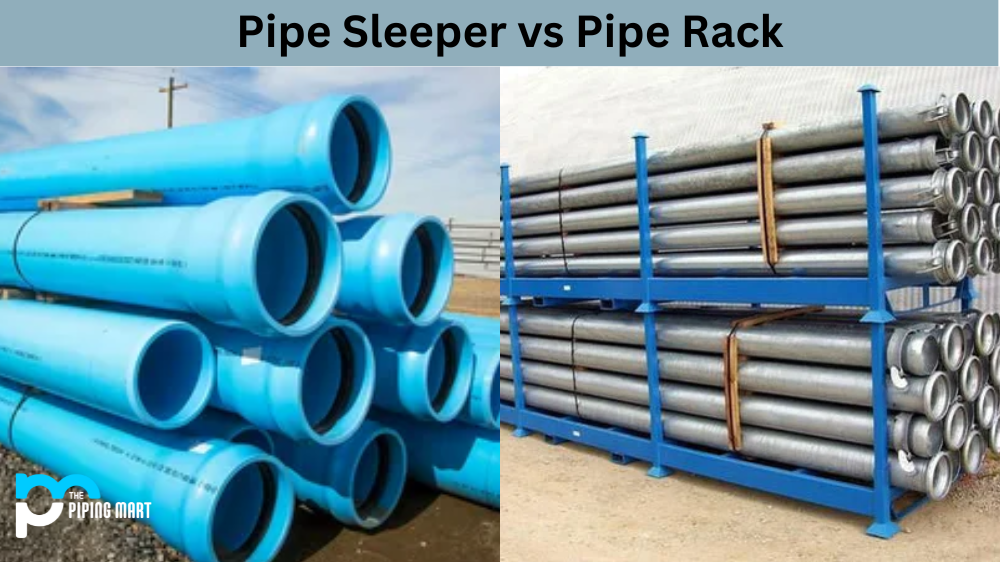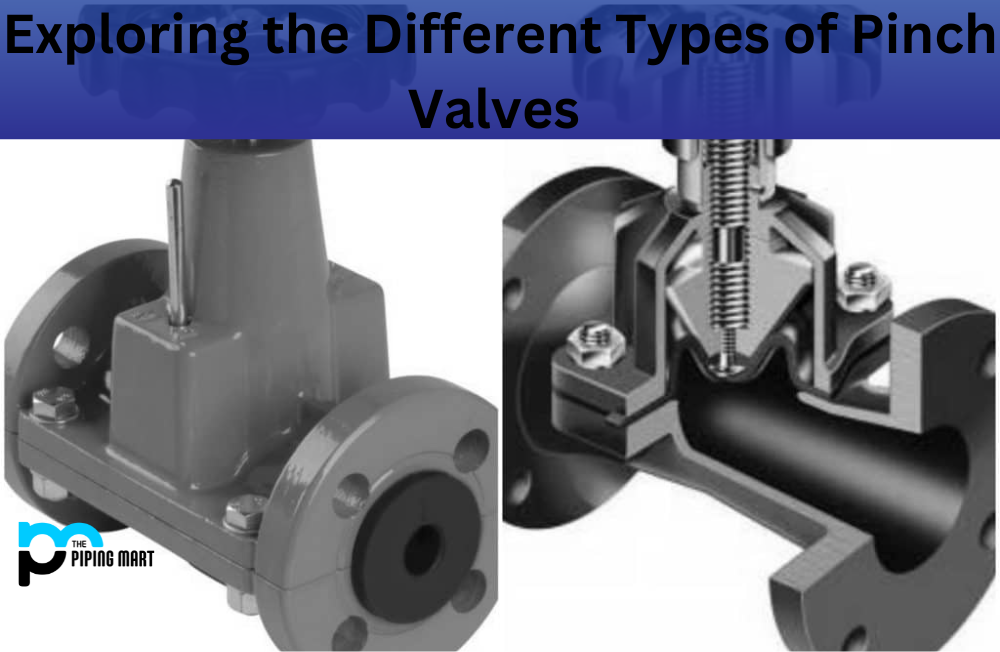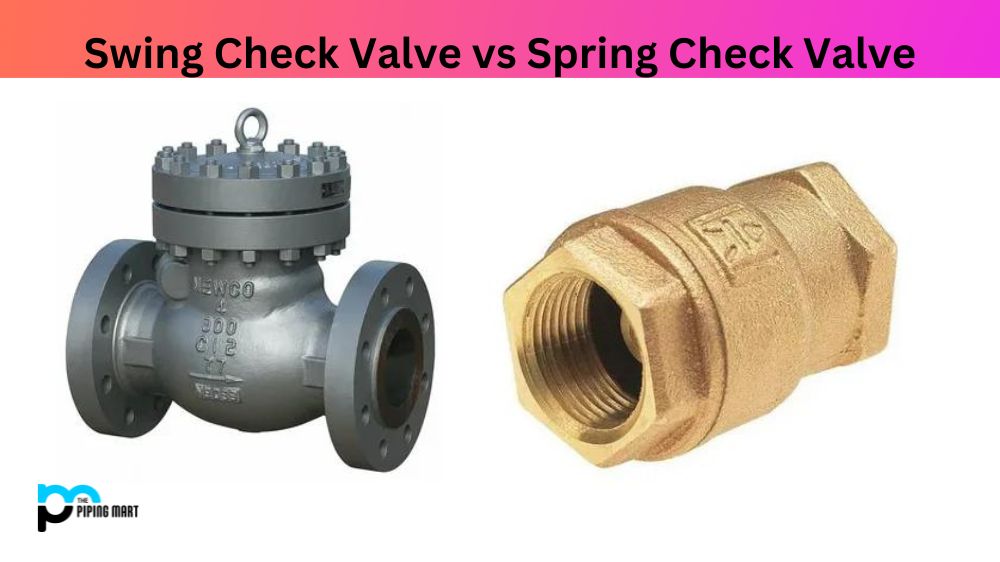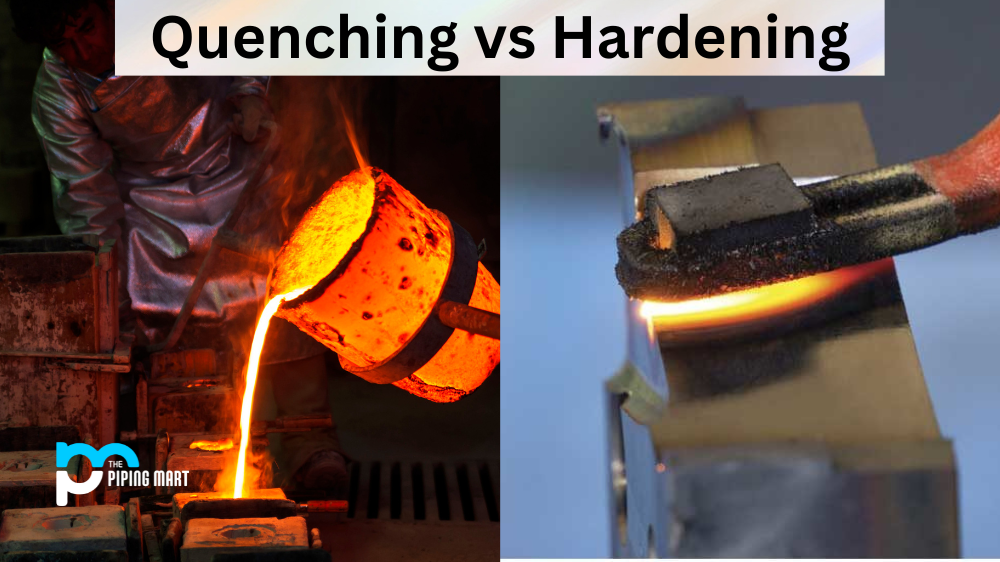When transporting large-diameter pipes, two options are pipe sleepers and pipe racks. But which one is right for your project? While both of these solutions have pros and cons, choosing the right one can make a big difference in the success of your project. As an expert in the field, I’m here to break down the differences between pipe sleepers and pipe racks and help you make an informed decision.
Pipe Sleepers
Pipe sleepers, or pipe cradles or chocks, are a simple and cost-effective solution for securing and transporting large-diameter pipes. They consist of two steel plates welded together with angles that fit the pipe diameter. The plates provide a wide and secure base for the pipe to rest on, which prevents rolling or movement during transport.
One of the biggest advantages of pipe sleepers is that they take up less space than pipe racks. This makes them ideal for projects where storage space is limited. They are also lightweight and easy to handle, making loading and unloading pipes easier than pipe racks. However, they may need to be more suitable for uneven or rocky terrain as they require a level ground.
Pipe Racks
Pipe racks are more complex and expensive than pipe sleepers and are typically used on large construction sites or in storage yards. They consist of steel frames that hold multiple levels of pipes at once. The frames can be fixed or adjustable to accommodate different pipe diameters or lengths. They also have additional features such as locking mechanisms and protection from the elements.
One advantage of pipe racks is their ability to store multiple pipes simultaneously, saving projects time and money. They are also more durable than pipe sleepers and withstand harsh weather and constant use. However, pipe racks are much larger and heavier than pipe sleepers, making them easier to move and store.
Which One is Right for You?
When deciding between pipe sleepers and pipe racks, it’s important to consider the scope of your project and the conditions you’ll be working in. If you need a simple, cost-effective solution for transporting large-diameter pipes, pipe sleepers may be the better option. If you have a large construction site or storage yard and need to store multiple pipes simultaneously, pipe racks may be the way to go.
Difference Between Pipe Sleeper and Pipe Rack
- Pipe sleepers are a type of support used in the construction of pipelines. They are typically made from concrete, steel, or plastic and are used to support the weight of the pipeline and any equipment that may be attached to it.
- Pipe racks, however, support constructing storage tanks and other large vessels. They are typically made from steel or concrete and support the vessel’s weight and any equipment attached to it.
- Pipe sleepers are typically more expensive than pipe racks due to the materials they are made from and the fact that they must be able to support more weight.
- Pipe racks are typically less expensive than pipe sleepers due to the materials they are made from and the fact that they do not have to support as much weight.
- Pipe sleepers are typically more difficult to install than pipe racks due to their weight and the fact that they must be placed in a specific position to provide proper support.
- Pipe racks are typically easier to install than pipe sleepers due to their lighter weight and the fact that they can be placed in various positions to provide proper support.
- Pipe sleepers typically have a longer lifespan than pipe racks due to the materials they are made from and the fact that they experience less wear and tear.
- Pipe racks typically have a shorter lifespan than pipe sleepers due to the materials they are made from and the fact that they experience more wear and tear.
Conclusion
Ultimately, deciding between pipe sleepers and pipe racks comes down to your project needs. While both options have advantages, it’s essential to consider factors such as space, cost, and transportation. By understanding the differences between the two and consulting with an expert, you can make an informed decision that will help ensure the success of your project.

Abhishek is a seasoned blogger and industry expert, sharing his insights and knowledge on various topics. With his research, Abhishek offers valuable insights and tips for professionals and enthusiasts. Follow him for expert advice on the latest trends and developments in the metal industry.




